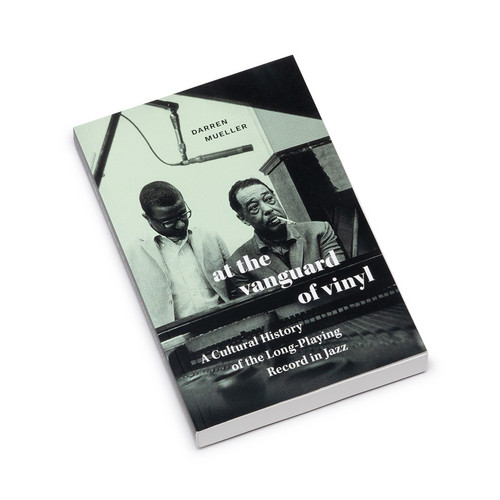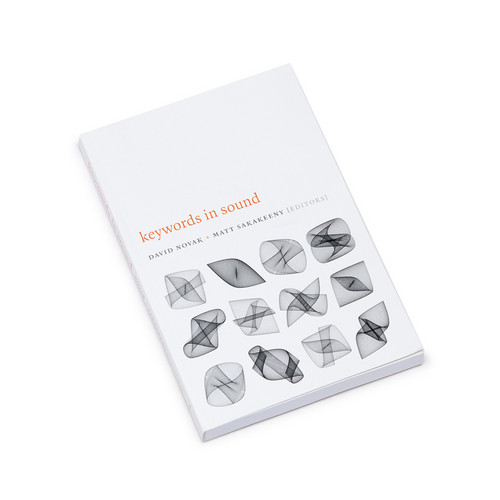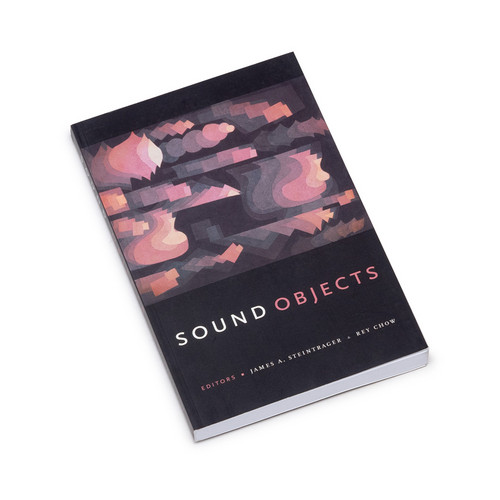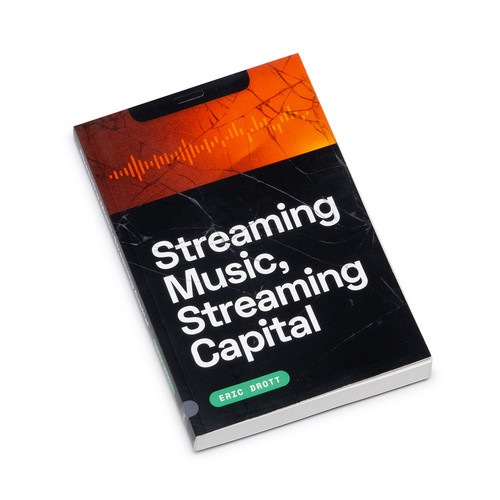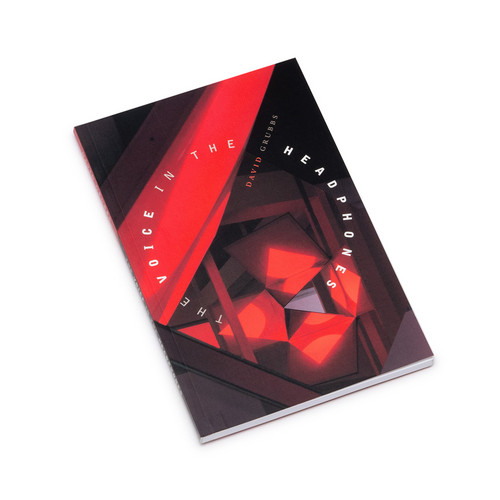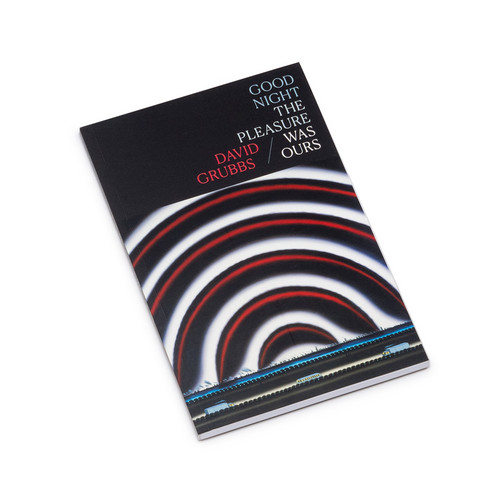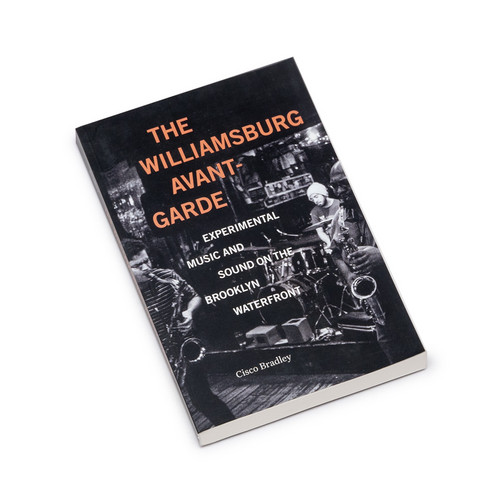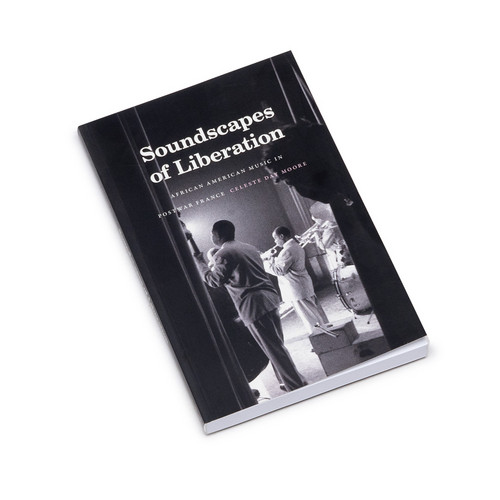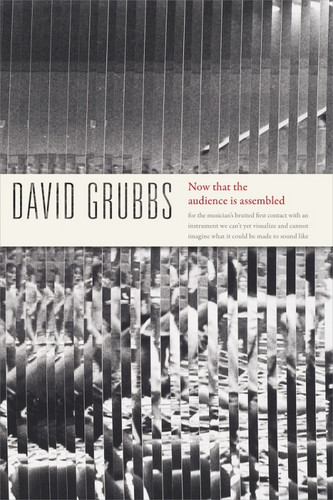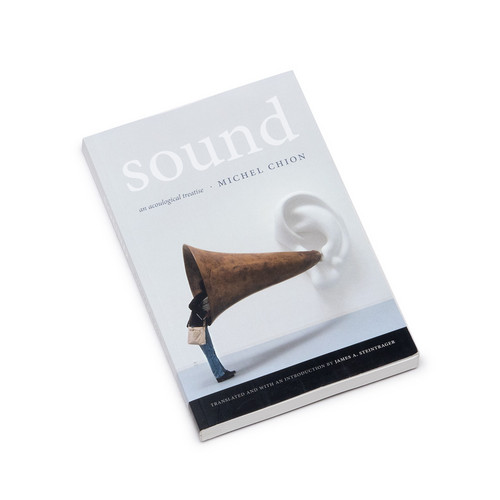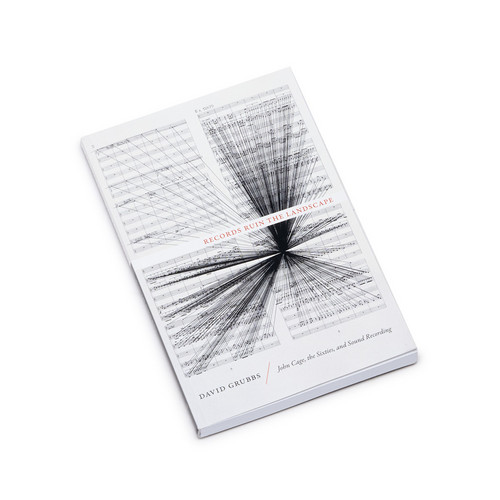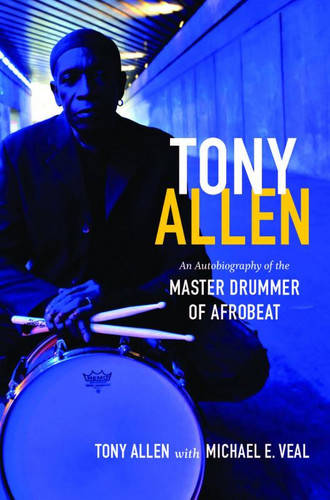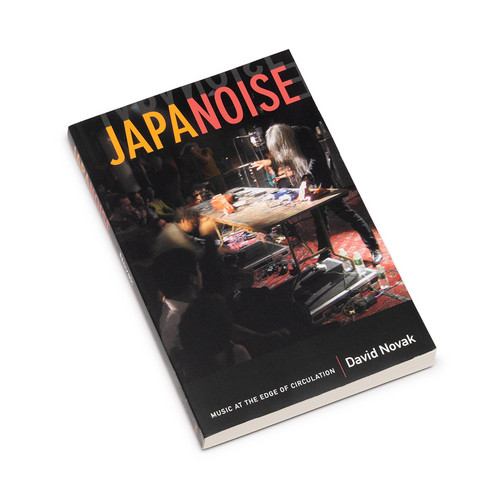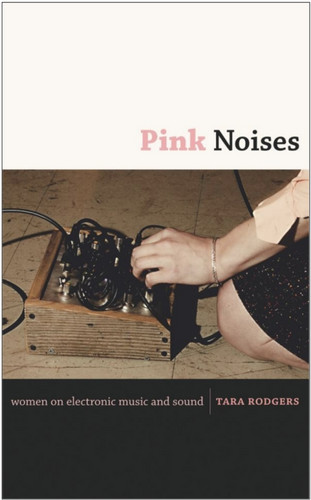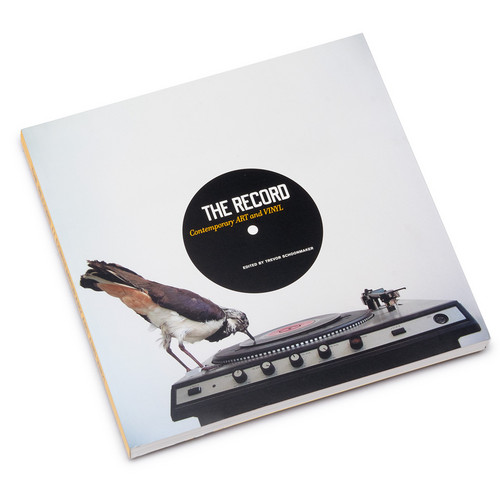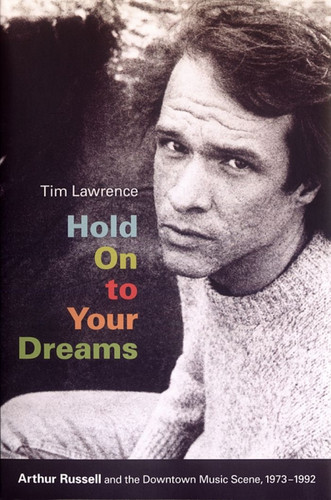★Duke University Press
At the Vanguard of Vinyl: A Cultural History of the Long-Playing Record in Jazz
In At the Vanguard of Vinyl, Darren Mueller examines how the advent of the long-playing record (LP) in 1948 revolutionized the recording and production of jazz in the 1950s. The LP’s increased fidelity and playback capacity allowed lengthy compositions and extended improvisations to fit onto a single record, ushering in a period of artistic exploration. Despite these innovations, LP production became another site of negotiating the uneven power relations of a heavily segregated music industry. E…
Keywords In Sound
*2024 stock* In twenty essays on subjects such as noise, acoustics, music, and silence, Keywords in Sound presents a definitive resource for sound studies, and a compelling argument for why studying sound matters. Each contributor details their keyword's intellectual history, outlines its role in cultural, social and political discourses, and suggests possibilities for further research. Keywords in Sound charts the philosophical debates and core problems in defining, classifying and conceptualiz…
Sound Objects
*2024 stock* Is a sound an object, an experience, an event, or a relation? What exactly does the emerging discipline of sound studies study? Sound Objects pursues these questions while exploring how history, culture, and mediation entwine with sound’s elusive objectivity. Examining the genealogy and evolution of the concept of the sound object, the commodification of sound, acousmatic listening, nonhuman sounds, and sound and memory, the contributors not only probe conceptual issues that lie in …
Streaming Music, Streaming Capital
In Streaming Music, Streaming Capital, Eric Drott analyzes the political economy of online music streaming platforms. Attentive to the way streaming has reordered the production, circulation, and consumption of music, Drott examines key features of this new musical economy, including the roles played by data collection, playlisting, new methods of copyright enforcement, and the calculation of listening metrics. Yet because streaming underscores how uneasily music sits within existing regimes of …
The Voice in the Headphones
The voice in the headphones says, “you’re rolling” . . .
Good Night the Pleasure Was Ours
With Good night the pleasure was ours, David Grubbs melts down and recasts three decades of playing music on tour into a book-length poem, bringing to a close the trilogy that includes Now that the audience is assembled and The Voice in the Headphones. In Good night the pleasure was ours, the world outside the tour filters in with eccentric sparseness. From teenage punk bands to ensembles without fixed membership, and from solo performance to a group augmented by digital avatars, Grubbs presents…
The Audible Past: Cultural Origins of Sound Reproduction (Book)
*2023 stock* The Audible Past explores the cultural origins of sound reproduction. It describes a distinctive sound culture that gave birth to the sound recording and the transmission devices so ubiquitous in modern life. With an ear for the unexpected, scholar and musician Jonathan Sterne uses the technological and cultural precursors of telephony, phonography, and radio as an entry point into a history of sound in its own right. Sterne studies the constantly shifting boundary between phenomena…
The Williamsburg Avant-Garde: Experimental Music and Sound on the Brooklyn Waterfront (Book)
In The Williamsburg Avant-Garde Cisco Bradley chronicles the rise and fall of the underground music and art scene in the Williamsburg neighborhood of Brooklyn between the late 1980s and the early 2010s. Drawing on interviews, archival collections, musical recordings, videos, photos, and other ephemera, Bradley explores the scene’s social, cultural, and economic dynamics. Building on the neighborhood’s punk DIY approach and aesthetic, Williamsburg's free jazz, postpunk, and noise musicians and gr…
Universal Tonality: The Life and Music of William Parker (Book)
*2023 stock* Since ascending onto the world stage in the 1990s as one of the premier bassists and composers of his generation, William Parker has perpetually toured around the world and released over forty albums as a leader. He is one of the most influential jazz artists alive today. In Universal Tonality historian and critic Cisco Bradley tells the story of Parker’s life and music. Drawing on interviews with Parker and his collaborators, Bradley traces Parker’s ancestral roots in West Africa v…
Soundscapes of Liberation African American Music in Postwar France (Book)
*2023 stock* In Soundscapes of Liberation, Celeste Day Moore traces the popularization of African American music in postwar France, where it signaled new forms of power and protest. Moore surveys a wide range of musical genres, soundscapes, and media: the US military's wartime records and radio programs; the French record industry's catalogs of blues, jazz, and R&B recordings; the translations of jazz memoirs; a provincial choir specializing in spirituals; and US State Department-produced radio …
Soundworks Race, Sound, and Poetry in Production (Book)
*2023 stock* In Soundworks Anthony Reed argues that studying sound requires conceiving it as process and as work. Since the long Black Arts era (ca. 1958–1974), intellectuals, poets, and musicians have defined black sound as radical aesthetic practice. Through their recorded collaborations as well as the accompanying interviews, essays, liner notes, and other media, they continually reinvent black sound conceptually and materially. Soundwork is Reed’s term for that material and conceptual labor …
Now that the audience is assembled
*2023 stock* Following his investigation into experimental music and sound recording in Records Ruin the Landscape, David Grubbs turns his attention to the live performance of improvised music with an altogether different form of writing. Now that the audience is assembled is a book-length prose poem that describes a fictional musical performance during which an unnamed musician improvises the construction of a series of invented instruments before an audience that is alternately contemplative, …
Improvisation and Social Aesthetics (Book)
*2023 stock* Addressing a wide range of improvised art and music forms—from jazz and cinema to dance and literature—this volume's contributors locate improvisation as a key site of mediation between the social and the aesthetic. As a catalyst for social experiment and political practice, improvisation aids in the creation, contestation, and codification of social realities and identities. Among other topics, the contributors discuss the social aesthetics of the Association for the Advancement of…
Sound An Acoulogical Treatise (Book)
*2023 stock* First published in French in 1998, revised in 2010, and appearing here in English for the first time, Michel Chion's Sound addresses the philosophical, interpretive, and practical questions that inform our encounters with sound. Chion considers how cultural institutions privilege some sounds above others and how spurious distinctions between noise and sound guide the ways we hear and value certain sounds. He critiques the tenacious tendency to understand sounds in relation to their …
Records Ruin the Landscape (John Cage, the Sixties, and Sound Recording) (Book)
*2023 stock* John Cage's disdain for records was legendary. He repeatedly spoke of the ways in which recorded music was antithetical to his work. In Records Ruin the Landscape, David Grubbs argues that, following Cage, new genres in experimental and avant-garde music in the 1960s were particularly ill suited to be represented in the form of a recording. These activities include indeterminate music, long-duration minimalism, text scores, happenings, live electronic music, free jazz, and free impr…
Tony Allen An Autobiography of the Master Drummer of Afrobeat
*2023 stock* Tony Allen is the autobiography of legendary Nigerian drummer Tony Allen, the rhythmic engine of Fela Kuti's Afrobeat. Conversational, inviting, and packed with telling anecdotes, Allen's memoir is based on hundreds of hours of interviews with the musician and scholar Michael E. Veal. It spans Allen's early years and career playing highlife music in Lagos; his fifteen years with Fela, from 1964 until 1979; his struggles to form his own bands in Nigeria; and his emigration to France.…
Japanoise Music at the Edge of Circulation (Book)
*2023 stock* Noise, an underground music made through an amalgam of feedback, distortion, and electronic effects, first emerged as a genre in the 1980s, circulating on cassette tapes traded between fans in Japan, Europe, and North America. With its cultivated obscurity, ear-shattering sound, and over-the-top performances, Noise has captured the imagination of a small but passionate transnational audience. For its scattered listeners, Noise always seems to be new and to come from somewhere else: …
Pink Noises: Women on Electronic Music and Sound (Book)
Pink Noises brings together twenty-four interviews with women in electronic music and sound cultures, including club and radio DJs, remixers, composers, improvisers, instrument builders, and installation and performance artists. The collection is an extension of Pinknoises.com, the critically-acclaimed website founded by musician and scholar Tara Rodgers in 2000 to promote women in electronic music and make information about music production more accessible to women and girls. That site featured…
The Record Contemporary Art and Vinyl (Book)
*2023 stock* The Record is the full-color catalog accompanying the groundbreaking exhibition The Record: Contemporary Art and Vinyl, at the Nasher Museum of Art at Duke University from September 2, 2010 through February 6, 2011. The first exhibition to explore the culture of vinyl records in the history of contemporary art, The Record features rarely exhibited work and recent and newly commissioned pieces by thirty-three artists from around the world. These artists have taken vinyl records as th…
Hold On to Your Dreams Arthur Russell and the Downtown Music Scene, 1973-1992(Book)
*2023 stock* Hold On to Your Dreams is the first biography of the musician and composer Arthur Russell, one of the most important but least known contributors to New York's downtown music scene during the 1970s and 1980s. With the exception of a few dance recordings, including "Is It All Over My Face?" and "Go Bang! #5", Russell's pioneering music was largely forgotten until 2004, when the posthumous release of two albums brought new attention to the artist. This revival of interest gained momen…
